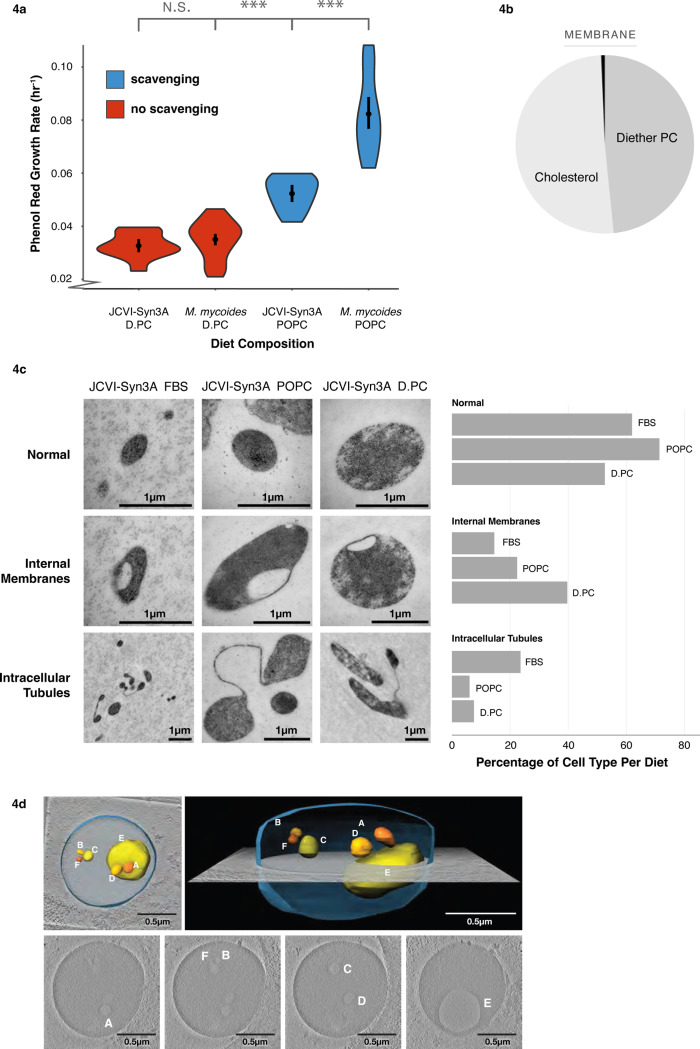Figure 4: Lipidome Minimization in JCVI-Syn3A: Achieving a Minimal Membrane in a Genomically Minimal Cell.
a JCVI-Syn3A exhibits growth rates similar to M. mycoides on a minimal lipid diet. b JCVI-Syn3A is viable when grown on a Diether-PC + Cholesterol diet with 99.34 mol% of the membrane comprised of only two lipids. c JCVI-Syn-3A cells display three phenotypes when observed with Transmission Electron Microscopy; a normal ovoid morphology, cells with internal membranes, and cells with intracellular tubules. Cell counts reveal the Diether-PC diet yields significantly more cells with the internal membranes than the other diets. Cell counts can be found in Figure S6a–S6g d A tomogram of a JCVI-Syn3A cell on the Diether-PC diet with internal membranes reveals a large cell with multiple membrane-bound internal vesicle-like structures that have a lower electron density compared to the rest of the cell, suggesting the internal membrane bound structures are vesicles occurring from membrane invagination. Modeling shows these vesicles are completely enclosed and separate from the cell surface membrane. Error bars are mean +/− SD. * equals p-value < 0.1; ** equals p-value < 0.05; *** equals p-value < 0.01. N, number of replicates for all growth rates, was 5 or greater and can be found in Supplementary Table S2.

